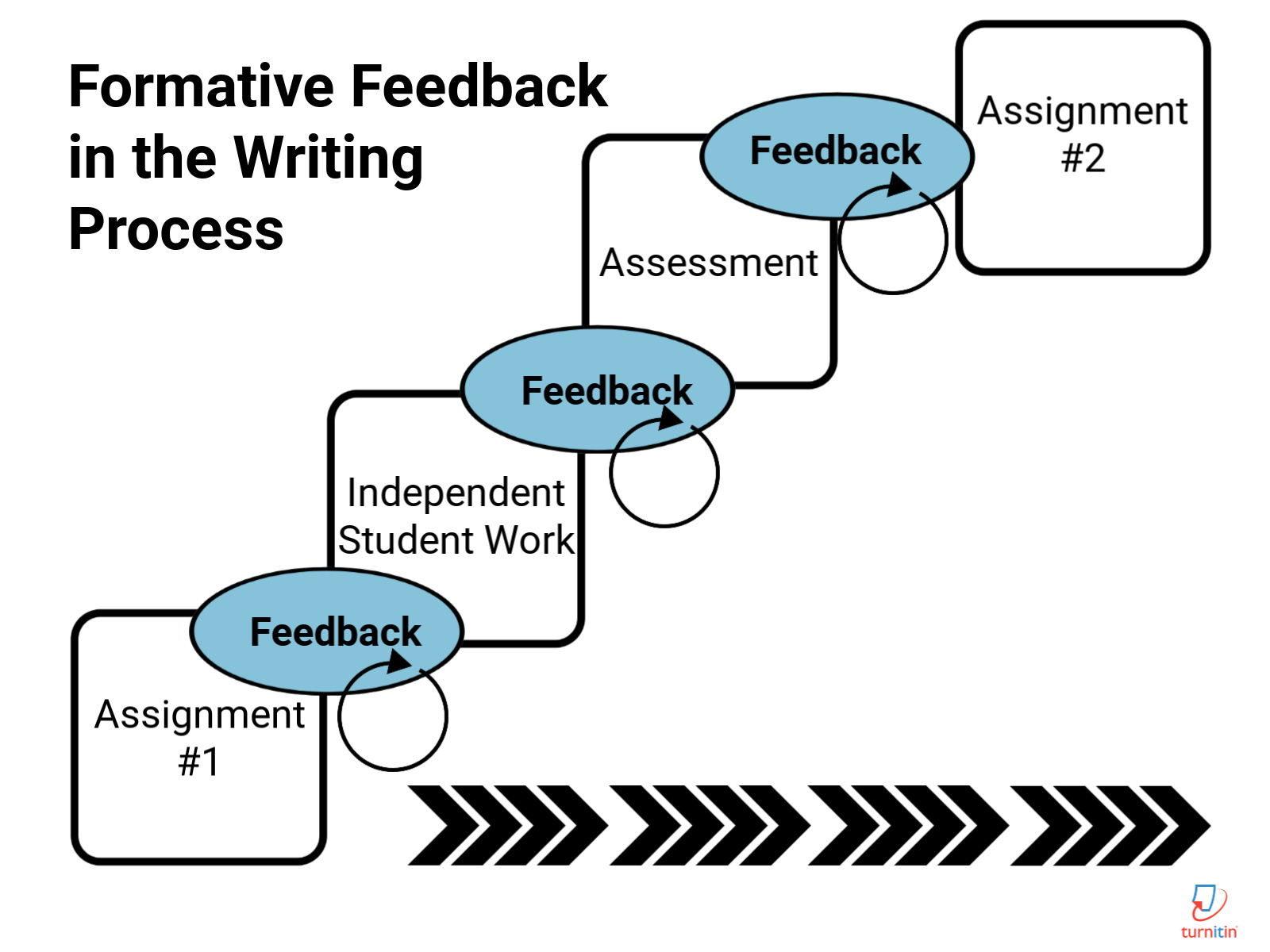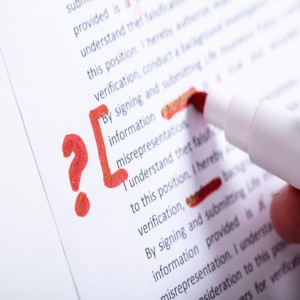Formative feedback is a goal to which many educators already aspire. Transforming summative assessment into formative assessment is an opportunity to advance student learning--and an oft-discussed learning junction for both educators and students alike.
This kind of feedback process supports a feedback loop, in which students feel seen and supported--and can move forward in their learning by incorporating feedback into subsequent assessments.

But opportunities for formative feedback don’t end there--formative feedback can take place throughout the drafting and writing process, not just at the endpoint of an assignment. According to studies, students shut down their learning after they receive a grade. In the paper, Embedded Formative Assessment, Dylan Wiliam states, “Students learned twice as fast when they received constructive feedback (specific comments on errors, suggestions to the students about how to improve, and at least one positive remark) than their peers who simply received a score on their math homework.”
Furthermore, “Students who only received scores made no progress from one task to the next, while those students who received comments, improved about 30 percent...students who received both a score and comments also made no progress. The effect of giving them a score had wiped out the benefits of giving them comments” (Wiliam, 2011).
In sum, grades shut down the feedback loop and thus, formative feedback is maximized when it occurs within the writing process as opposed to at the point of assessment. When inserted into the writing process, students can reflect and then apply these concepts in revision and subsequent assignments, enacting a feedback loop, separate from the pressure of final assessment.
Alisa Barnard, Dean of Studies at the St. Paul’s School in New Hampshire, documented feedback within the writing process, stating that it allows:
- Real-time reflection on the writing process
- Synchronous and asynchronous feedback (not limited by time)
- Access for students too shy to participate in large groups
- A model for collaboration
The University of Waterloo, too, encourages feedback within the writing process. Their website states, “A focus on process allows students to better understand how they write, makes them better at critiquing their own and others’ writing, and reinforces an awareness of audience.”
Feedback loops are one part of assessing with integrity, which includes not just honesty but equity and inclusion.
Such input throughout the writing process helps students grow in real-time on their own terms, as they integrate learning in the form of a virtual guide, which prompts students with reminders or suggestions as they write.
We’ve discussed how instances of plagiarism can, via feedback, be turned into teachable moments. But the ultimate goal is prevention and deterrence, and to not be confronted with plagiarism at all. And if formative feedback (whether via grammar checkers or teacher-student dialogue) in the writing process is effective, why wouldn’t formative feedback with regard to plagiarism within the writing process be transformative, too?
At Turnitin, we believe formative feedback loops can transform plagiarism into moments for learning. And Feedback Studio provides formative learning opportunities--some of which don’t require intervention by the teacher, such as unlimited submissions and ETS grammar check. We believe that supporting students throughout the writing process is the ultimate way to prevent plagiarism and uphold learning.






